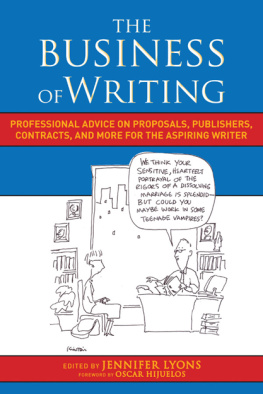CONTENTS
THE RATIONAL WRITER: NUTS AND BOLTS
Mindy Klasky
The Rational Writer: Nuts and Bolts
Copyright 2015 Mindy Klasky
All rights reserved, including the right to reproduce this book, or portion thereof, in any form.
Published by Book View Caf Publishing Cooperative
Cover design by Mindy Klasky
Book View Caf Publishing Cooperative
P.O. Box 1624, Cedar Crest, NM 87008-1624
http://bookviewcafe.com
ISBN 978-1-61138-521-2
This ebook is licensed for your personal enjoyment only. This ebook may not be re-sold or given away to other people. Thank you for respecting the authors work. Discover other titles by Mindy Klasky at http://www.mindyklasky.com
INTRODUCTION
Once upon a timebecause thats how all good stories startI wanted to be a writer. I wanted to create magical books like the ones I read, tales about people who had the courage and strength and intelligence to achieve their dreams (usually saving the world along the way.)
And so, during Spring Break of seventh grade, I sat down with my best friend to write a sequel to The Lord of the Rings. We understood that our book was a major undertakingthats why we left ourselves nine full days. We stocked up on marbled-cover composition books, black medium-point Bic pens, and an entire bag of Brachs Pick-a-Mix toffees, minus the orange ones. Neither of us would have been caught dead eating the orange ones. We had an new pack of carbon paper, so wed both have a copy of the completed manuscript after wed typed it up from our longhand draft.
After creating our characters to meld into Tolkiens landscape, we jumped straight into the action scenes of our story. We made the executive decision to write the boring connecting scenes at the end of the week, when wed be a bit tired and might want easier parts to write. We stayed up late, writing our story. We woke up early, eager to get back to work. We slaved away without a cup of coffee or a sip of tea because we were too young to have discovered the rejuvenating effect of caffeine.
And we were stunned, at the end of vacation, to discover that we had not created a publishable novel.
Now, decades later, I look back at my naivet and I laugh. I cant imagine tackling any novel without heavy-duty prep-workplot outlines, character sketches, the basics of worldbuilding to define a fantasy universe. I didnt have the first notion of copyright law or derivative works or the value of Tolkiens intellectual property. I had no idea how the publishing business worked; I expected my brilliant words to transfer overnight from wide-rule notebooks to printed hard-cover books on shelves at my local independent bookstore.
Between seventh grade and now, Ive published more than twenty-five novels through traditional publishing and self publishing. Ive become a USA Today bestselling author. Ive worked as a copyright lawyer and as a librarian, and Ive written essays for a variety of publications, explaining nearly all aspects of the writing business.
Above all, Ive taken a rational approach to my publishing career. I treated my writing as a profession, even before I wrote full-time. I acted like a businessperson, setting concrete goals, managing my time, organizing the massive amounts of information that accrete around a publishing career, and quantifying my success in specific ways.
And now, Im ready to share all of that information with you.
My sequel to The Lord of the Rings will (justifiably) never see the light of day. But the lessons I began learning in seventh grade have grown, ultimately becoming The Rational Writer: Nuts and Bolts. I hope these words open doors in your own writing career.
NOTE: If you are reading this ebook on a dedicated ereader such as a Kindle or a Nook, you probably will not be able to open the referenced word processing documents and spreadsheets. You will need to access those materials through a computer with word processing and spreadsheet software. A list of all the files is provided at the end of this book to assist you in that access.
STRATEGIC PLANNING FOR SUCCESS
Strategy. Check the word in a dictionary, and youll find a long definition about the science and art of war, specifically, the combination of political, economic, psychological, and military forces used by a nation to achieve a specific goal.
That could hardly apply to writing, could it? Were not fighting a battle.
But the truth is, writers fight a battle every single day. We fight to carve out time to write. We struggle to define our work, to determine whether a particular book fits into our overall vision of who we are and what we create. We campaign to craft an image for potential buyers, to define ourselves in a way that makes readers want to buy our books.
Some days, its downright overwhelming.
Many years before I wrote novels full-time, I managed the library for a 14-office international law firm. A huge part of my job was grappling with business minutiaeincluding the creation and implementation of a strategic plan.
A strategic plan consists of a mission statement and a detailed statement of specific goals, strategies, and activities intended to fulfill that mission. Prior to that job, I had never been a huge fan of strategic plans. I thought they relied too much on jargon to state facts that should have been mere common sense.
Then, I had an epiphany. I realized that if I created and implemented a strategic plan, I could use it defensively. I could argue that the library should not take on Hated Tasks A, B, and C, because those tasks were not part of our strategic plan. I could also mount an offense: I could demand resources to complete tasks enumerated in the strategic plan that the institution had approved.
My strategic plan worked like magic. I successfully shed some of the librarys most disliked dutiesprojects that belonged more appropriately in the marketing and information services departments. And even more importantly, I succeeded in making a crucial new hire, a librarian with electronic expertise to move our department into the next phase of Internet-based legal research. My strategic plan was more than a business school exercise. It was an engine that moved the library forward.
When I walked away from library management and became a full-time writer, I created a strategic plan for myself. I did the whole thing: mission statement, goals, strategies, and actions. Now, I draft a new one at the start of every calendar year, and I review it quarterly to make sure that Im continuing to shape my career in the way I want it to grow. I maintain my plan on my computer in a Word document. It looks a little like an outline, with the mission statement at the top. Specific actions are nested under specific strategies, which are nested under specific goals.
My strategic plan functions as a roadmap. When Im confronted with a possible new journey, I look at my plan and determine whether the proposed path will take me to my ultimate destination. If the changea new book, a proposed collaboration, a possible appearance at a distant venuegets me closer to where I want to be, I work to make it happen, even if the addition requires careful resource management. But if the changes causes me to wander far afield, presenting the likelihood that Ill end up farther from my intended destination, then I shut things down immediately, choosing not to start on a journey that is likely to be unproductive.
Business consultants spend weeks structuring strategic plans for growing enterprises. The following section outlines a handful of easy steps for the rational writer to generate this tool in short order. A sample strategic plan can be found at http://bit.ly/RationalStrategicPlan (this URL is case sensitive.) The password for that file is strategic .

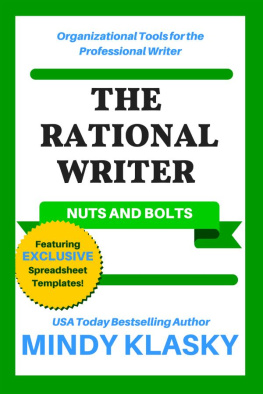
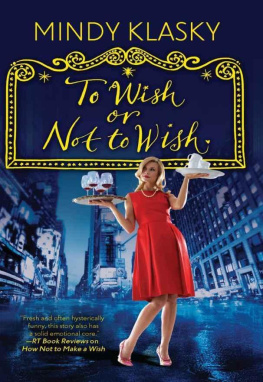


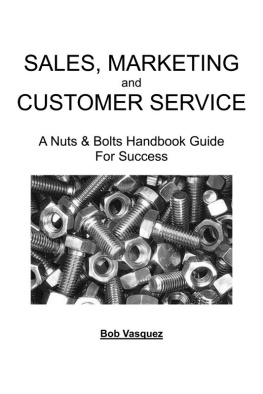
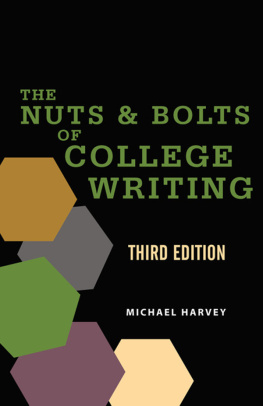
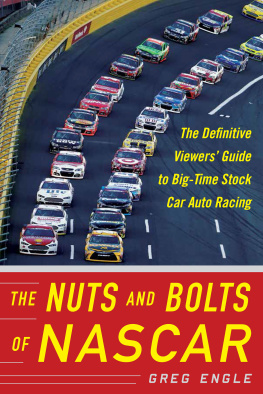
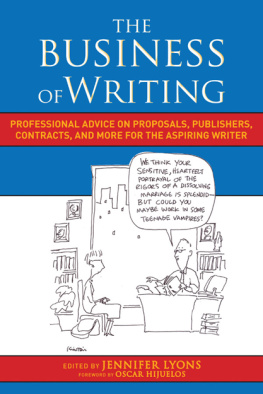
![Richard A. Moran - Nuts, bolts, & jolts : fundemental [sic] business and life lessons you must know](/uploads/posts/book/100836/thumbs/richard-a-moran-nuts-bolts-jolts.jpg)
